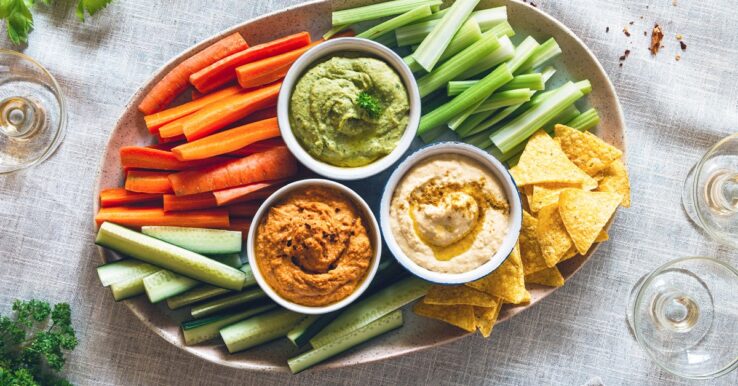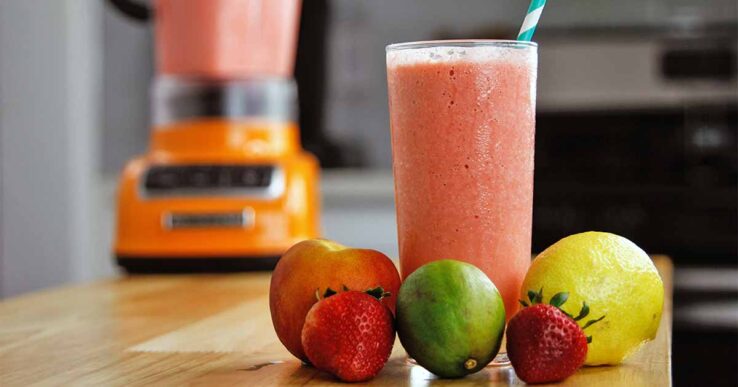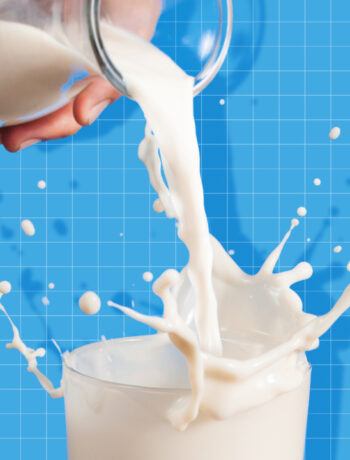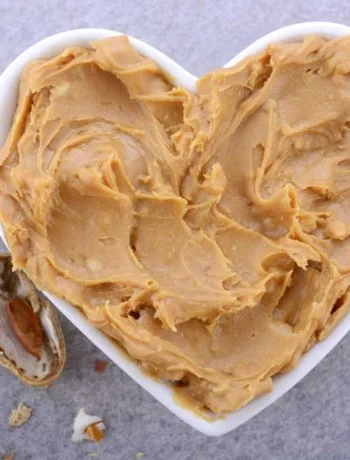Blender dips and spreads are an incredibly easy and versatile way to make delicious appetizers or snacks. Whether you’re looking for something savory or sweet, a good blender can help you whip up some truly mouth-watering treats. Here are some of the most popular recipes for dip and spread creations that can be made in a blender:
- Hummus – A classic Mediterranean-style dip, hummus, is usually made from mashed chickpeas, tahini (sesame paste), olive oil, lemon juice, garlic and salt. It’s great as an appetizer with pita bread or as a sandwich spread.
- Guacamole – Another classic dip that’s perfect for chips or tacos is guacamole! It’s usually made from avocados, tomatoes, onion, cilantro, lime juice and salt.
- Spinach dip – This creamy green dip is always a hit at parties! Just blend together spinach leaves (fresh or frozen), cream cheese, mayonnaise and seasonings like garlic powder or onion powder for maximum flavor!
- Almond butter – Making your own almond butter couldn’t be easier! All you need to do is put almonds into your blender with a bit of oil (preferably coconut oil). Blend until it reaches the desired consistency and voila! Delicious almond butter ready to spread on toast or crackers!
The benefits of using a professional grade blender for food preparation

Professional grade blenders, such as Vitamix e320, are a great choice for anyone looking to make the most out of their food preparation. These powerful machines can easily blend, puree and emulsify ingredients. They also come with a variety of features that make them ideal for any kitchen.
For starters, professional-grade blenders have powerful motors that allow them to quickly and efficiently process ingredients into smooth mixtures. This makes it easy to create sauces, soups, smoothies and more in no time at all. Additionally, they often come with multiple speed settings, so you can adjust the power depending on what you’re making. This allows you to get a perfect consistency every time without having to worry about over-processing or under-processing your ingredients.
Professional grade blenders also tend to be made from high-quality materials such as stainless steel or glass, which makes them durable enough to withstand frequent use in busy kitchens. Finally, many models come with additional attachments such as choppers and graters which can help you save time when prepping meals or snacks.
What is the best way to ensure an even and smooth consistency when blending ingredients?
The best way to ensure an even and smooth consistency when blending ingredients is to use a blender or food processor. Blenders and food processors are designed to quickly and efficiently blend ingredients together, resulting in a smooth, consistent texture. When using them, it’s important to add the ingredients slowly and in small batches. This will help prevent clumping and ensure that all of the ingredients are evenly blended together.
Additionally, it’s important to scrape down the sides of the blender or food processor periodically while blending, as this will help ensure that all of the ingredients are being incorporated into the mixture. Finally, be sure not to over-blend your ingredients; doing so can result in an overly thick or gummy texture.
Tips for choosing the right blender for your kitchen

Source: healthline.com
When it comes to choosing the right blender for your kitchen, there are a few things you should consider. First and foremost, think about what type of blending tasks you’ll be using the blender for. If you’re looking for something that can handle tough ingredients like nuts or ice cubes, then a high-powered blender is probably the best choice. On the other hand, if you just need something to make smoothies or shakes, then a lower-powered model may suffice.
Additionally, consider how much space you have in your kitchen and how often you plan on using the blender. If counter space is limited and/or if you don’t plan on using it very often, then a smaller model might be more suitable. Also, take into account any additional features that may come with the blender such as pre-programmed settings or digital displays. Finally, check out customer reviews online to get an idea of which models are most reliable and offer good value for money.
How do you clean and maintain a blender after use?
Cleaning and maintaining a blender after use is relatively easy. First, make sure to unplug it before cleaning. Then, fill it with warm water and a few drops of dish soap. Put the lid on and blend for about 30 seconds. This will help loosen any stuck-on food particles. After that, rinse out with warm water and use a soft sponge or cloth to wipe down the outside of the blender. If there are still some stubborn food particles left inside, you can use an old toothbrush to scrub them away. Finally, dry off all parts of your blender with a clean towel before storing it away in a safe place until next time!
What ingredients should be added in what order for best results when blending foods?

Source: foodal.com
When blending foods, it is important to add ingredients in the right order for best results. Generally speaking, you should start by adding liquids first, such as water or milk. This will help create a smoother texture and prevent the blades from getting stuck. Next, add any solid ingredients that are soft and easy to blend, such as fruits or vegetables. Harder ingredients like nuts or seeds should be added last, so they don’t get stuck in the blades.
Finally, if you are using ice cubes or frozen fruit, these should be added last as well to ensure that everything blends together properly. It is also important to remember not to overfill your blender; make sure there is enough room for all of the ingredients and liquid so that everything can move freely while blending.
From creamy hummus to guacamole and salsa, a blender is the perfect tool for making delicious dips and spreads. Experiment with different ingredients to create unique flavor combinations that will make any appetizer or snack stand out.




